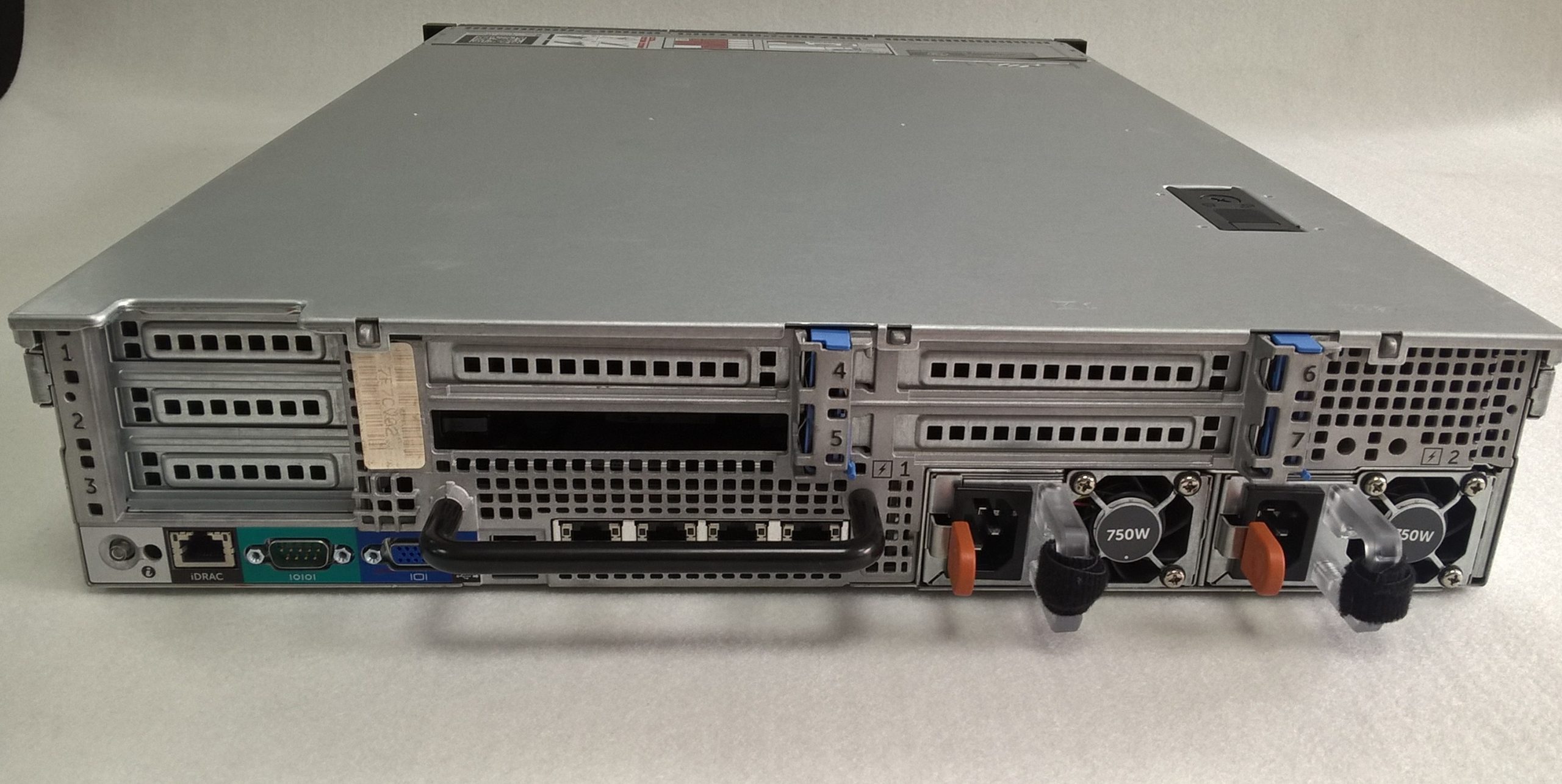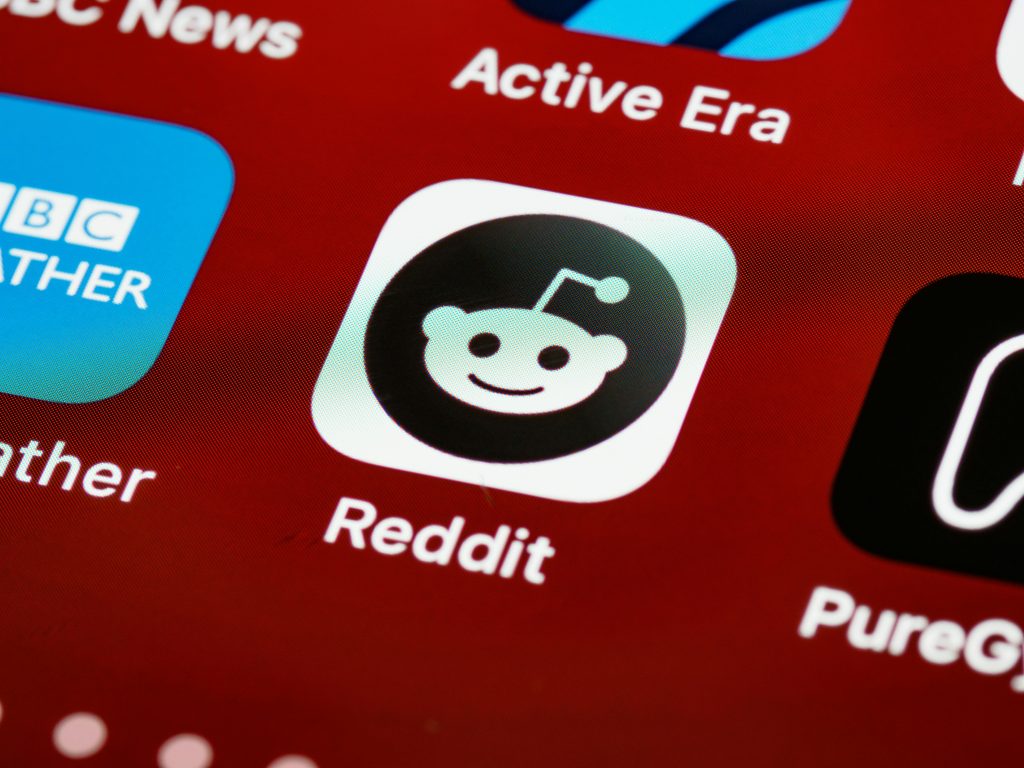AT&T’s 300K Payment to a Hacker: A Risky Gamble or a Smart Move?
In an astonishing turn of events, AT&T recently found itself in the spotlight after allegedly paying a hacker over $300,000 to erase stolen data. The hacker reportedly shared a video as evidence of their claims, showcasing the deletion of sensitive information. This raises a multitude of questions: Is a video sufficient proof? What implications does this have for cybersecurity? And most importantly, has AT&T inadvertently opened the door to future attacks?
WIRED has reviewed the video the hacker presented to AT&T, but the telecom giant has yet to respond to inquiries regarding the situation. The notion that a video could serve as definitive proof of data deletion has left many scratching their heads in disbelief.
While it may seem like an immediate solution, some experts worry that this could encourage further hacking attempts. By paying such a significant sum, does AT&T risk creating a precedent that could lead to more breaches? Could this payment simply incentivize the hacker or others like them to exploit the system again?
This situation has sparked a heated debate around the ethics and long-term consequences of paying off cybercriminals. Is this really a sustainable approach to data protection? As we dive deeper into this unfolding story, it’s vital to consider not only the immediate impacts but also the broader implications for cybersecurity practices in the telecommunications industry and beyond.
For a more detailed look at this story, you can read the full article on WIRED.
What are your thoughts on this controversial decision by AT&T? Do you think paying hackers is ever justified? Share your insights in the comments below!
Share this content:




Re: AT&T’s Payment to a Hacker and the Validity of Video Proof
Thank you for sharing this intriguing case. From a technical support perspective, relying solely on a hacker’s video as definitive proof of data deletion is highly risky. It’s important to recognize that such videos can potentially be manipulated or staged, which complicates verification efforts.
To ensure data integrity, organizations should implement robust auditing and logging mechanisms, such as:
If you suspect such incidents, consider forensic analysis of affected systems, including examining server logs, access records, and network traffic to confirm whether data was indeed removed. Encrypting sensitive data and employing multi-factor authentication can also help prevent unauthorized access.
In the broader context, paying ransoms or bribes can incentivize hackers, potentially leading to more attacks. It’s recommended to develop and enforce incident response plans aligned with cybersecurity best practices, such as following NIST guidelines.